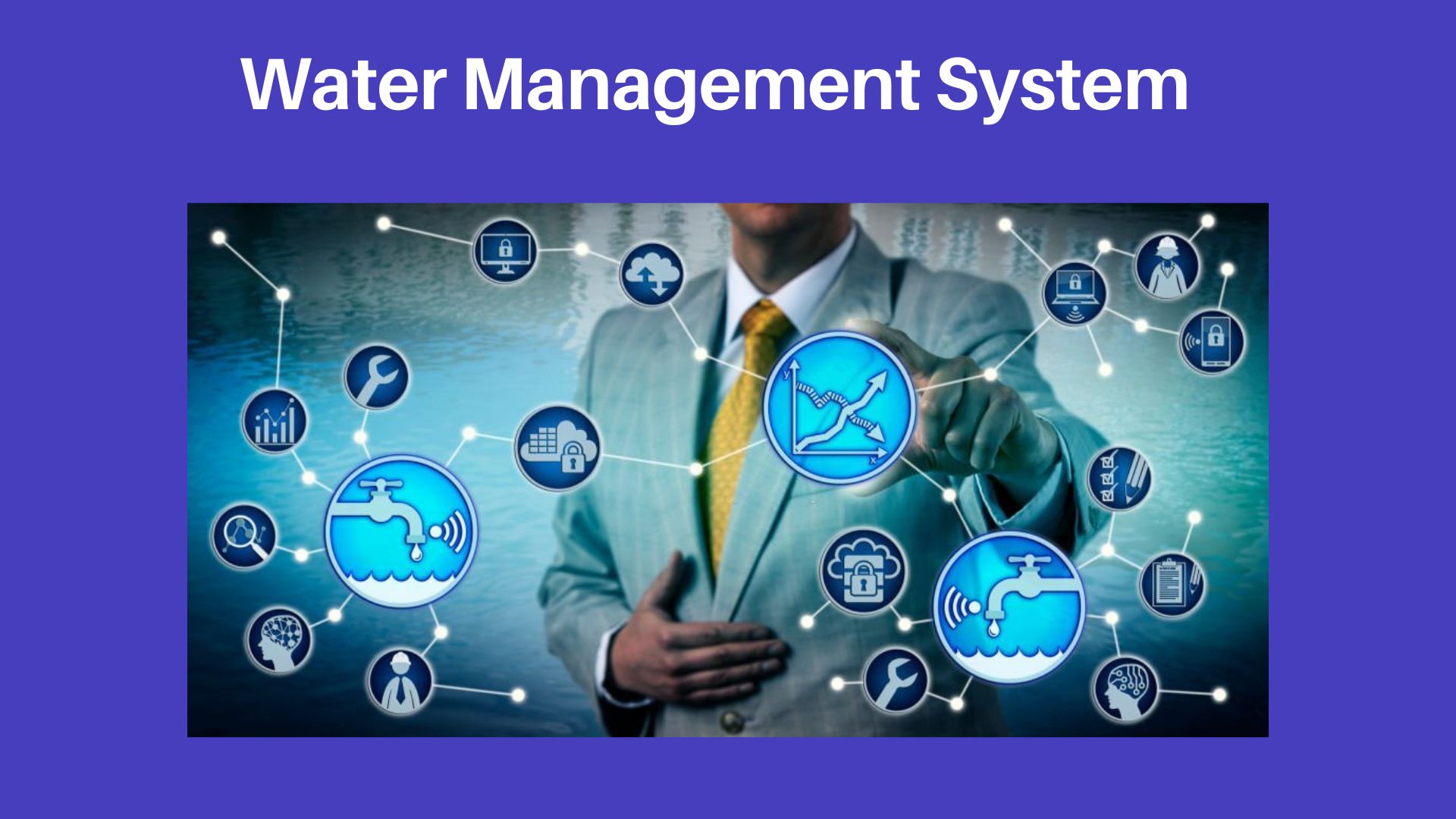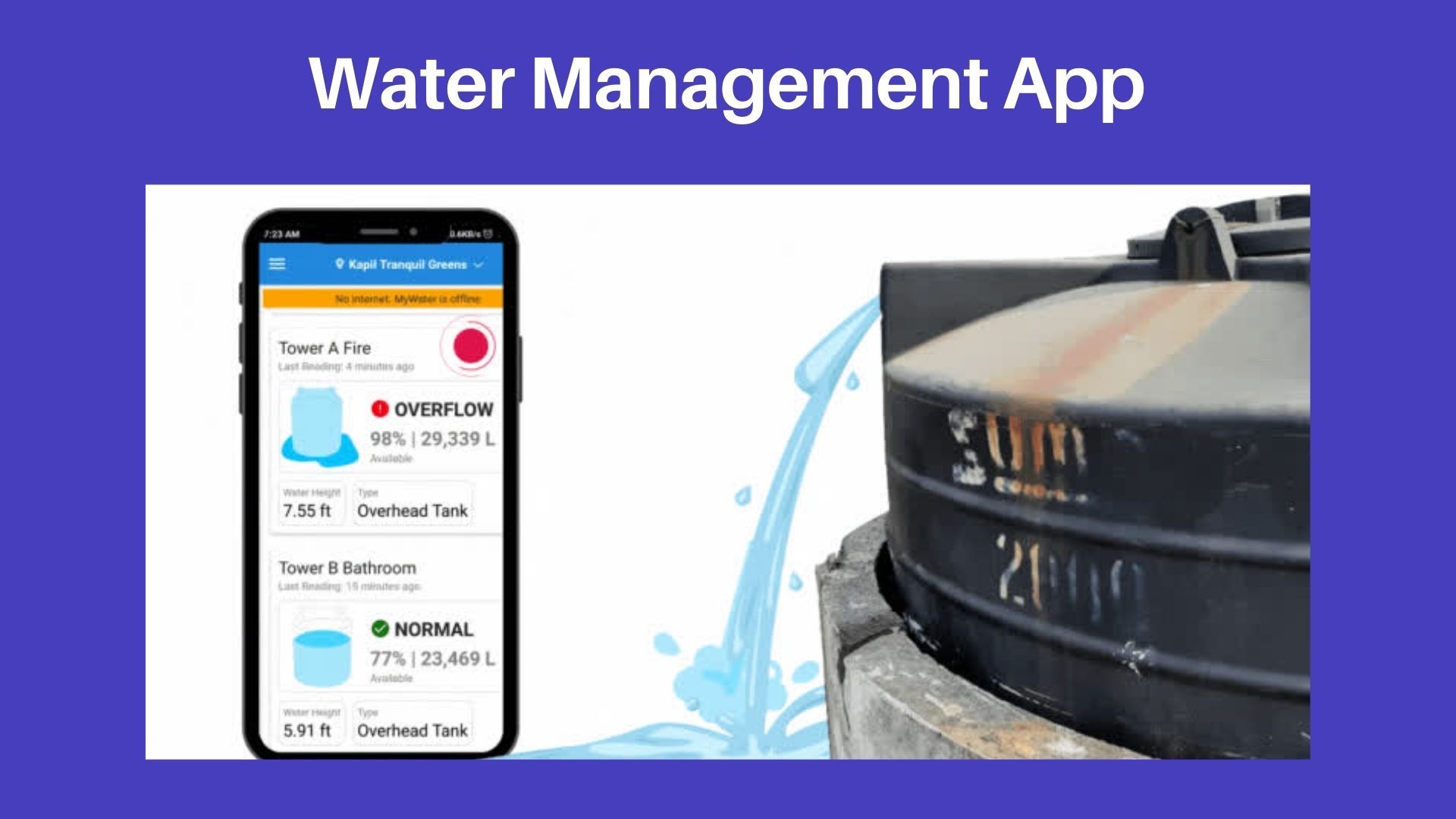Most businesses and the goods they offer couldn’t function without water. Water is an essential resource for almost all stages of the production and manufacturing processes in all industries worldwide. All industrial sectors need Water Management System, whether it be softened water for boiler feed applications or deionized water for the electronics and pharmaceutical industries. However, a lot of international firms also have manufacturing facilities in dry areas.

Effective water management is essential to running any industrial plant, with more than two-thirds of businesses reporting exposure to water risks. The water system can cause the plant serious problems if it is not properly controlled, including loss of production capacity, increased cleaning costs, decreased output numbers, increased energy maintenance costs, and shortened service life.
How Does A Water Management System Help In The Industrial Sector?
Given that many industrial sectors consume water extensively, rising water consumption and the consequences of climate change are causing the exploitation of water resources across many industries. Water shortage is a reality in the current situation as a result of Water shortage is a reality in the current situation as a result of It is clear that new industrial water management systems must be developed to reduce and eliminate unsustainable industrial activities. By 2030, India’s water demand is predicted to be twice as high as its supply, leading to catastrophic water shortages for hundreds of millions of people and a potential loss of 6% of the nation’s GDP, according to a NITI Aayog report published in June 2018. This issue of water-related limitations is partly the fault of the industrial sector. Water availability, water quality, the effect of shortage on process control, and water cost will inevitably hurt the sector as a whole.
What Needs To Be Done?
Although it is widely acknowledged that water management needs to be improved globally, the comparatively low price of the underlying asset cost of water is impeding the necessary adjustments. The actual cost of water is rarely calculated and, as a result, is underappreciated in the majority of industrial sectors, according to a general tendency. A framework for determining the actual price of water by evaluating the value added could offer helpful insights into the operations of the facility, and provide a way for internal and external performance testing and internal cost control, as well as the data needed to rationalise any necessary modifications financially. This would help to rectify the situation within the industry.

One approach to overcoming these challenges is to use an industrial Water Management App to monitor and control water consumption in the industrial sector. Priorities and the creation of new ideas, technologies, and nontechnical innovations have already established the direction for future integrated smart water management.A sustainable smart water management and monitoring system allow for real-time leakage monitoring. These aid in improving water quality, spotting leaks in real time, and controlling water use with sensors and other technology. By giving users input, these systems assist users in understanding the important variables. These variables include current water levels, water pressure, and water flow, among many others.
Conclusion
Smart metres and monitoring centres make it possible to measure water consumption in real-time, identify areas where it is being wasted or used excessively, offer accurate usage patterns, and forecast future consumption. Using smart metres and consumption monitoring technologies in the industrial sector can help rectify water use patterns and achieve sustainability and financial goals. IoT-based technologies benefit many components of the industry in various ways. It offers a fresh approach that can aid in data collection, control, and problem-solving. It is now one of the most exciting periods for IoT to get into action and bring about a significant change in water management in the industrial sector. IoT has already developed new ways for other elements to remain active in many industries.

